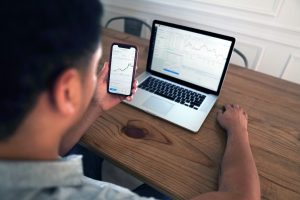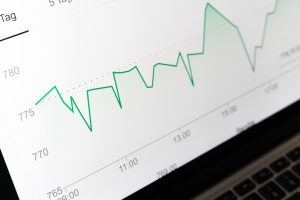Leverage is a powerful tool that many forex traders use to increase their potential profits. Essentially, leverage allows traders to control a larger position than they would be able to with their own capital. However, leverage also comes with increased risk, as losses can be magnified just as easily as profits. Therefore, it is important for forex traders to understand how leverage is calculated and used in the forex market.
Leverage is expressed as a ratio, such as 50:1 or 100:1. This ratio indicates how much buying power a trader has for every dollar of their own capital. For example, if a trader has a leverage ratio of 50:1, they can control a position worth $50 for every $1 of their own capital.
To calculate the amount of leverage being used, traders must first determine the size of their position. This is typically measured in lots, with each lot representing a certain amount of currency. For example, a standard lot in the forex market is equal to 100,000 units of the base currency.
Once the size of the position has been determined, the trader can calculate the margin required to open the trade. Margin is the amount of money that must be deposited with the broker as collateral for the trade. The margin requirement is typically expressed as a percentage of the position size.
For example, if the margin requirement is 2%, and the trader wants to open a position worth $100,000, they would need to deposit $2,000 in margin with the broker. This $2,000 would represent 2% of the total position size.
Once the margin has been calculated, the trader can determine their leverage ratio. This is done by dividing the total position size by the amount of margin required. In the example above, the trader would have a leverage ratio of 50:1, since they are controlling a position worth $100,000 with just $2,000 of their own capital.
It is important to note that leverage can work both for and against traders. While it can increase potential profits, it can also magnify losses. For this reason, many brokers have implemented margin call policies to help protect traders from excessive losses.
A margin call occurs when the trader’s account balance falls below the required margin level. This typically happens when the market moves against the trader’s position, causing losses to exceed the amount of margin available. When a margin call occurs, the broker may require the trader to deposit additional funds to cover the losses, or may automatically close out the position to limit further losses.
In conclusion, leverage is a powerful tool that can be used to increase potential profits in the forex market. However, it is important for traders to understand how leverage is calculated and used, as well as the risks involved. By properly managing leverage and using risk management strategies, forex traders can potentially increase their profits while minimizing their losses.






